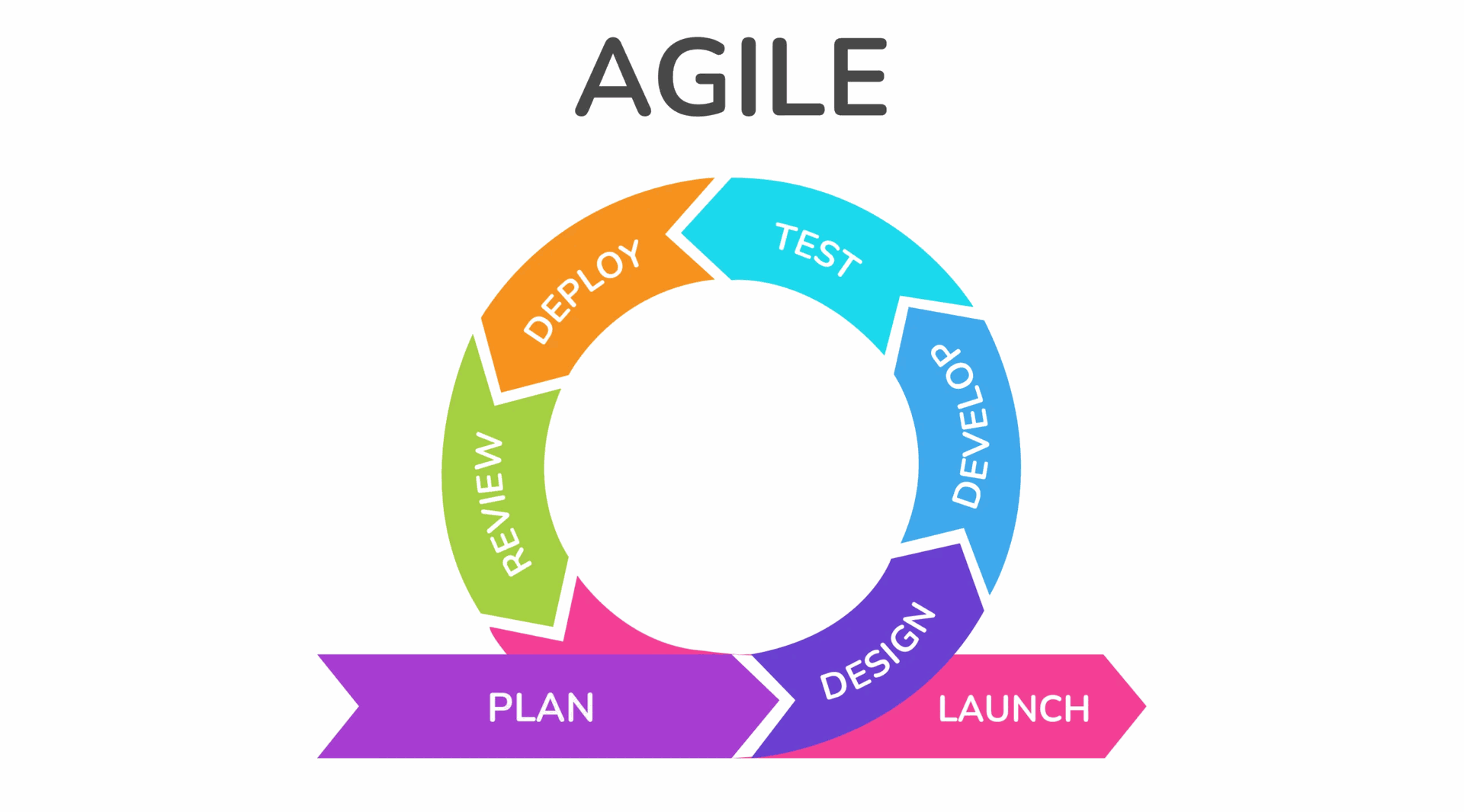Imagine this: You’re racing against competitors to launch a groundbreaking product. The clock is ticking, and every delay means losing potential customers. You could rush the development and risk delivering a buggy product, or you could aim for perfection but fall behind the competition. What if there was a way to have both speed and quality? Enter Agile development—a game-changing approach adopted by 71% of organizations worldwide to deliver projects faster without cutting corners.
What is Agile Development?

Agile development is an iterative approach to project management and software development. Unlike traditional methods, it focuses on breaking down projects into smaller, manageable increments called sprints, allowing for continuous delivery and improvement.
The Stats That Prove Agile Works
- 71% of companies globally use Agile to manage projects effectively (Digital.ai, 2022).
- Teams that adopt Agile see a 64% improvement in time-to-market (VersionOne).
- Organizations using Agile report 70% higher team productivity and 50% fewer project failures (PwC).
Key Techniques to Move Fast Without Losing Quality
- Scrum Framework
- Scrum, a popular Agile framework, organizes work into 2-4 week sprints.
- Teams hold daily stand-ups to ensure alignment and address roadblocks.
- Example: Spotify uses Scrum to continuously update its app while maintaining its performance and reliability.
- Test-Driven Development (TDD)
- Developers write tests before writing the code to ensure quality from the start.
- Benefits: Reduced bugs and higher code maintainability.
- Example: Companies like IBM implement TDD to deliver robust enterprise solutions.
- Continuous Integration/Continuous Deployment (CI/CD)
- CI/CD automates the integration and deployment of code changes, ensuring faster delivery with minimal errors.
- Benefits: Immediate feedback and seamless updates.
- Example: Amazon deploys code to production every 11.7 seconds using CI/CD pipelines.
- Retrospectives for Continuous Improvement
- Agile teams conduct retrospectives at the end of each sprint to identify what worked, what didn’t, and how to improve.
- This iterative feedback loop fosters adaptability and long-term success.
Agile’s Focus on Quality
- Incremental Testing: Each sprint includes dedicated time for testing, ensuring quality checks are integral to the process.
- Customer Feedback: Agile prioritizes customer collaboration, incorporating real-time feedback to refine the product.
- Adaptive Planning: Agile teams can pivot quickly in response to changing requirements, reducing the risk of delivering outdated or irrelevant solutions.
Real-World Examples of Agile Success
- Netflix: By adopting Agile, Netflix reduced time-to-market for new features, maintaining its position as a leader in streaming services.
- Microsoft: Transitioning to Agile enabled Microsoft to release updates to Azure and Office 365 faster, improving customer satisfaction.
The Competitive Advantage
Agile development empowers teams to:
- Deliver faster: Projects are completed up to 30% faster than with traditional methods.
- Ensure quality: Continuous testing and feedback loops maintain high standards.
- Stay adaptable: Teams can adjust to changing market needs without disrupting workflows.
Conclusion
Agile development is more than a buzzword; it’s a proven methodology that enables businesses to innovate quickly and deliver quality solutions. By implementing practices like Scrum, TDD, and CI/CD, companies can achieve faster time-to-market, happier customers, and sustained success. In a world where speed and quality are non-negotiable, Agile is the key to staying ahead of the curve.